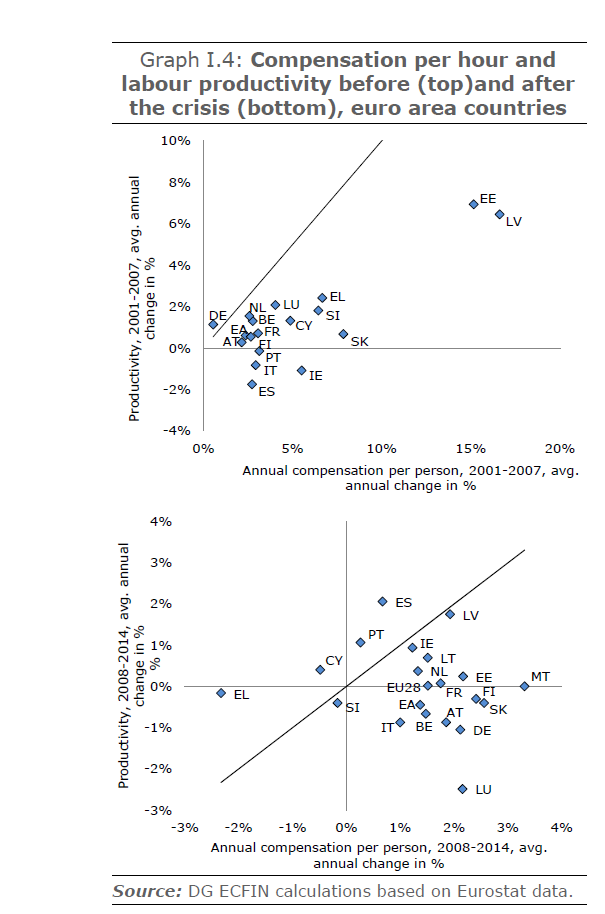We are currently witnessing a momentous time for the euro area. As the recovery seemed to be consolidating, the Greek crisis showed that the architecture of the Economic and Monetary Union (EMU) is still a fragile construction. It is true that significant progress has been achieved both at the national and supranational level in improving the functioning of the euro area since 2007. However, the euro project has not been completed. The large differences in both economic growth rates across euro area Member States and crises-related narratives (both on responsibilities and remedies) pose a challenge for the
euro area.
Quarterly Report on the Euro Area-Volume 14, No 2 (2015)/INSTITUTIONAL PAPER 001 | JULY 2015
Relevant Posts
- European Commission, Quarterly Report on the Euro Area, Vol. 14, No. 1(2015), DG for Economic and Financial Affairs, Vol. 14, No. 1, April 2015.
- European Commission, (2014), “Quarterly report on the euro area”, Vol. 13, N. 3 (2014).




